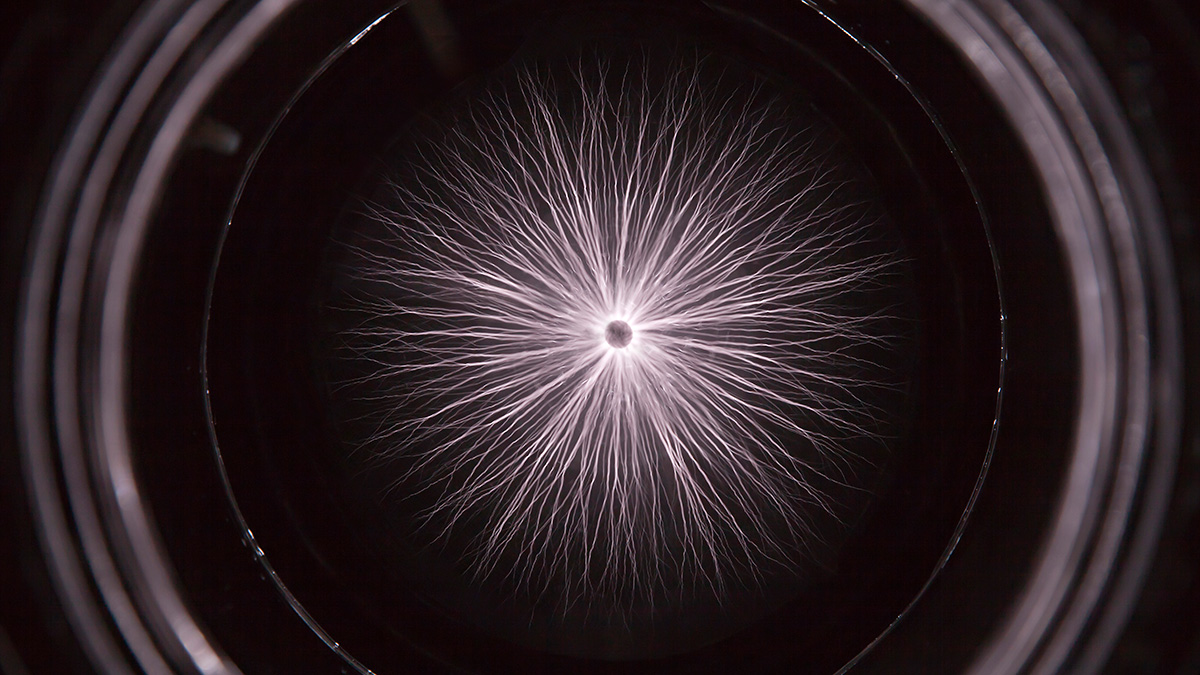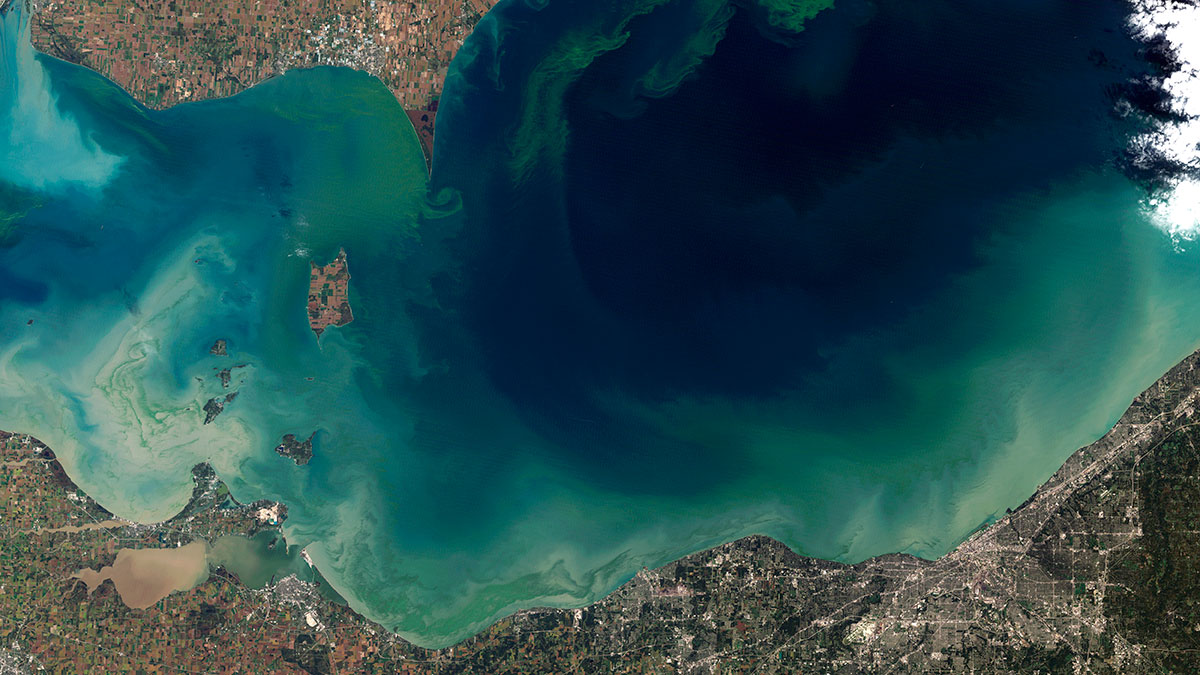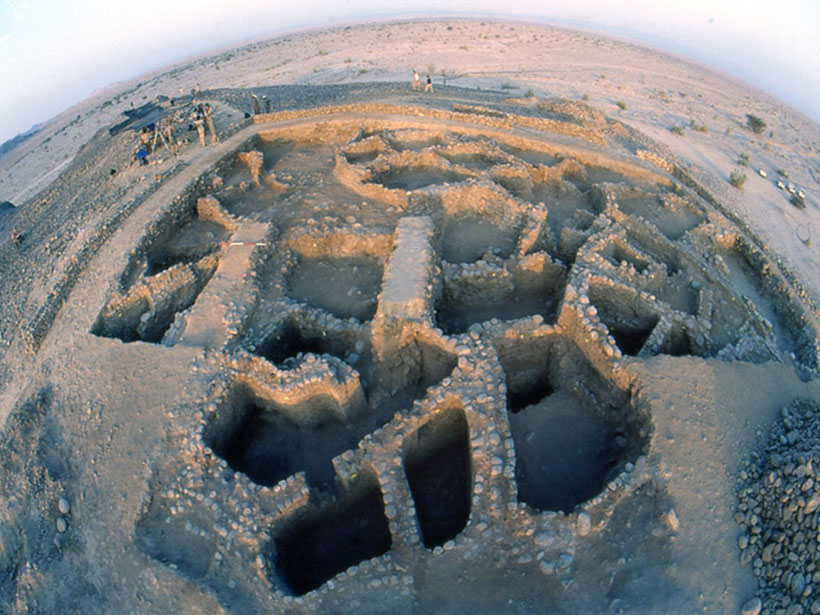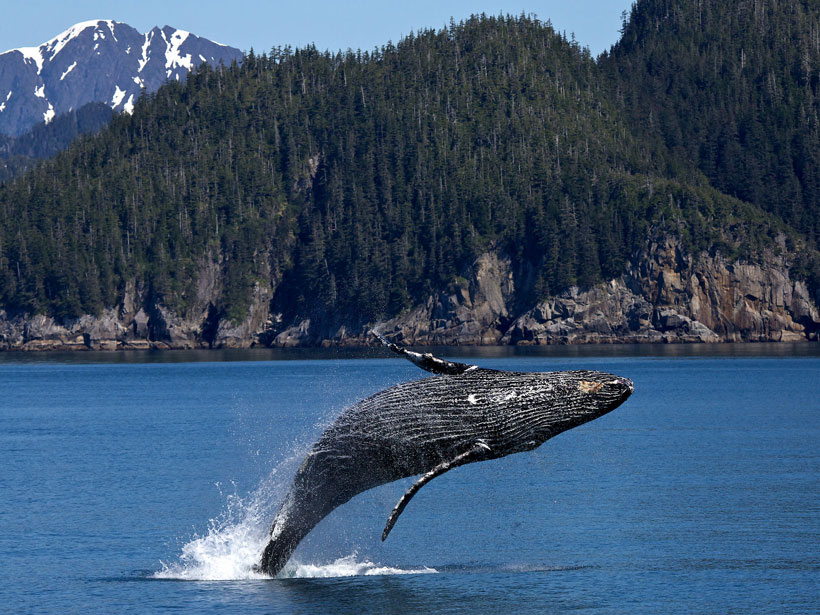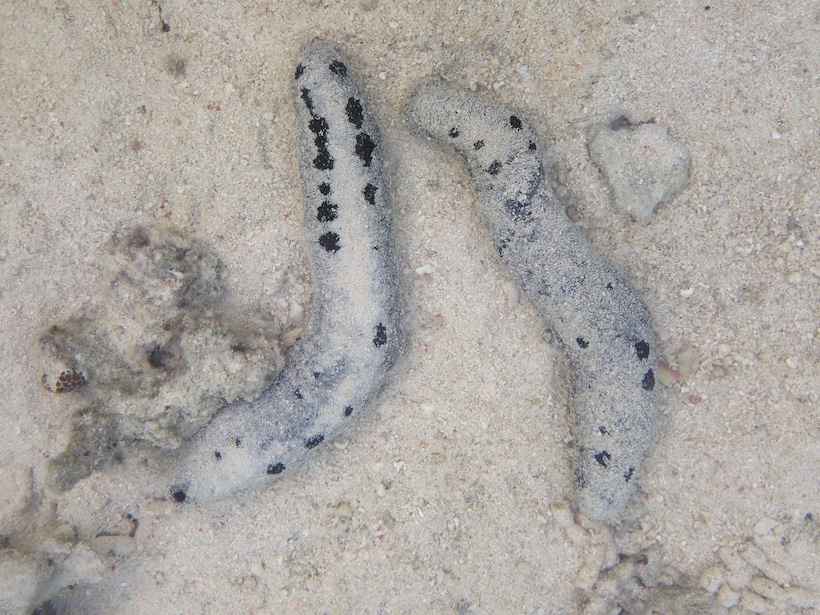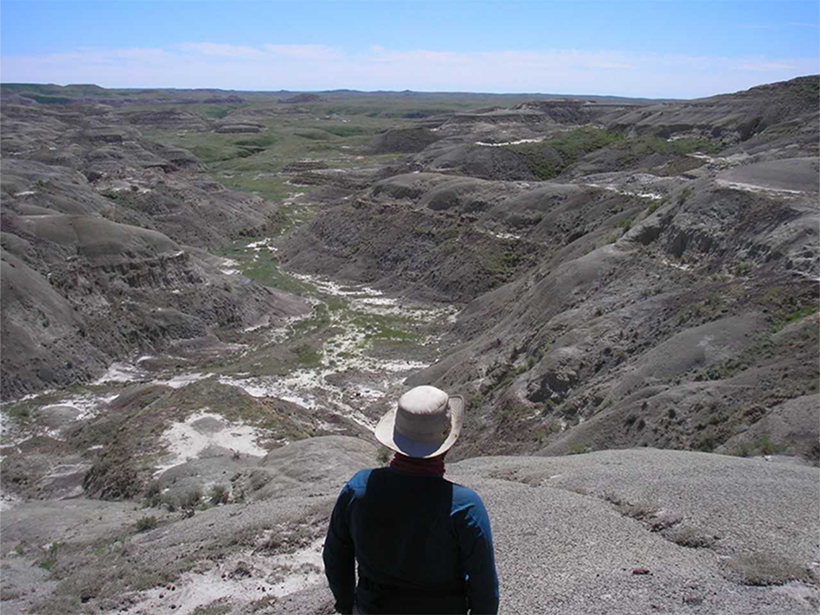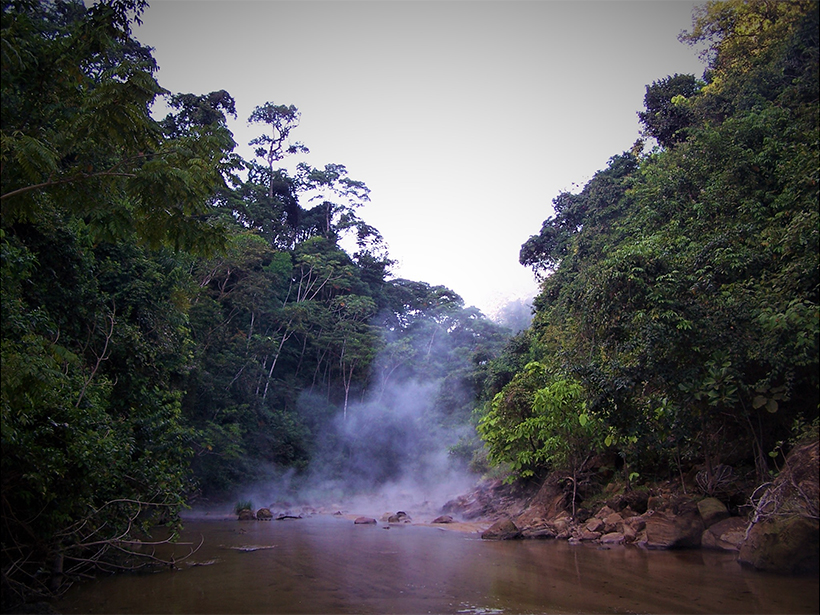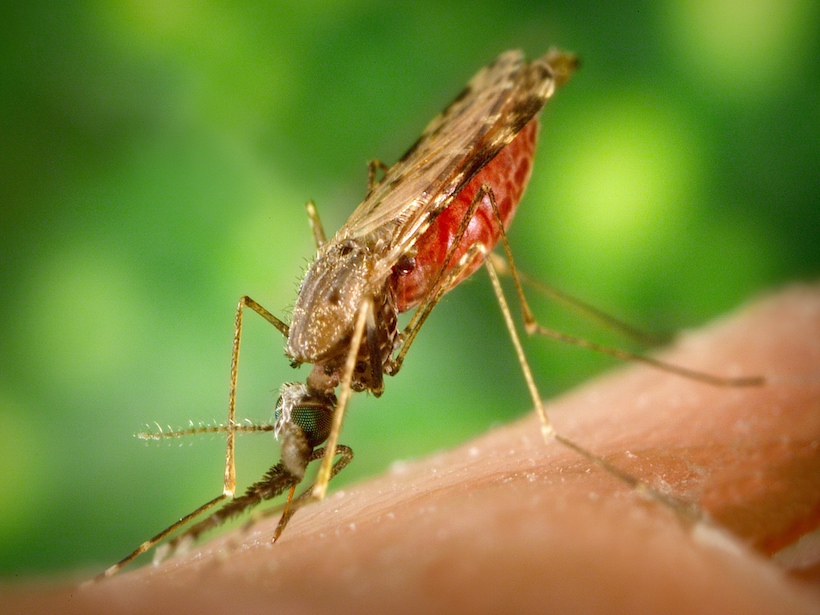New technologies seek to remove and destroy dangerous PFAS chemicals in contaminated water.
Hannah Thomasy
Hannah Thomasy is a freelance science writer. She has written for OneZero, NPR, The National Post, Hakai Magazine, and Ensia. She is a graduate of the Dalla Lana Fellowship in Global Journalism, and she received her PhD in neuroscience from the University of Washington in 2017.
A New Technique Could Identify Algae from Space
Some types of algal blooms produce dangerous toxins, while others are relatively harmless to humans.
Ancient Flint Tools Reveal Earth’s Changing Magnetic Field
Stone tools may provide data on paleomagnetism that are out of reach for other markers, such as prehistoric pottery.
New Marine Ecology Tool Corrects for Effects of Fossil Fuel Emissions
Standardizing these corrections will help scientists understand ocean ecosystems.
Years After the Pacific Marine Heat Wave, Ecosystem Shifts Persist
Researchers question whether Gulf of Alaska species will return to pre–heat wave conditions.
Sea Cucumbers: The Excremental Heroes of Coral Reef Ecosystems
Drone surveillance reveals just how big a contribution sea cucumbers make to reef habitats.
Terrestrial Plants Flourished After the Cretaceous–Paleogene Extinction
Compounds in ancient plant leaves tell the story of how an extinction event shaped our planet’s ecosystems.
Lyme Disease and the Dangers of the Forest Edge
Living near a forest edge may be an important risk factor for Lyme disease; these liminal spaces provide the perfect habitat for one of the black-legged tick’s favorite hosts.
Finding Prehistoric Rain Forests by Studying Modern Mammals
Mammal teeth store a record of the plants they ate, providing clues about the ecosystems in which they lived.
Hydrology Helps Identify Future Malaria Hot Spots
Complex hydrological processes—not just the amount of rainfall—help determine where malaria-transmitting mosquitoes can thrive.

